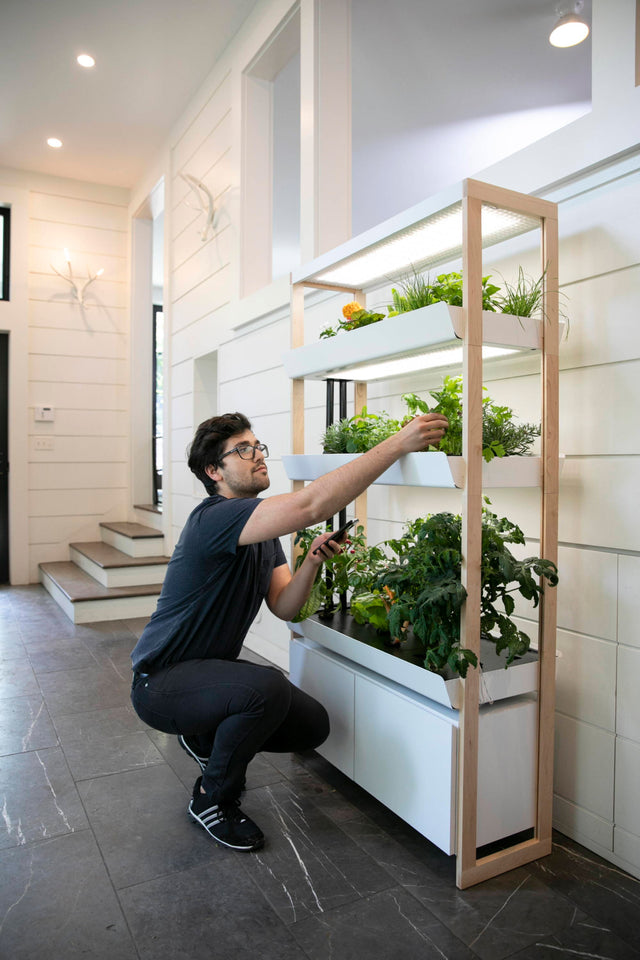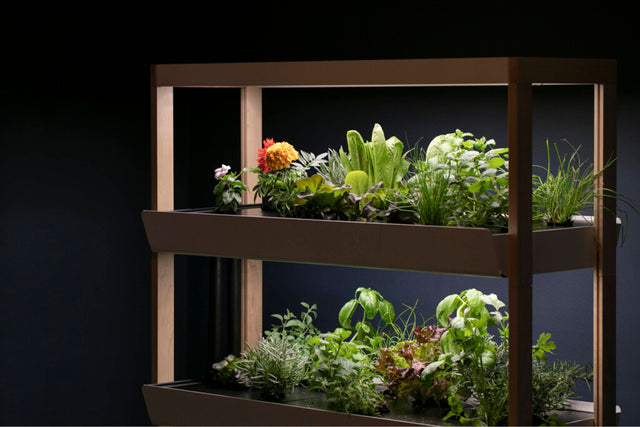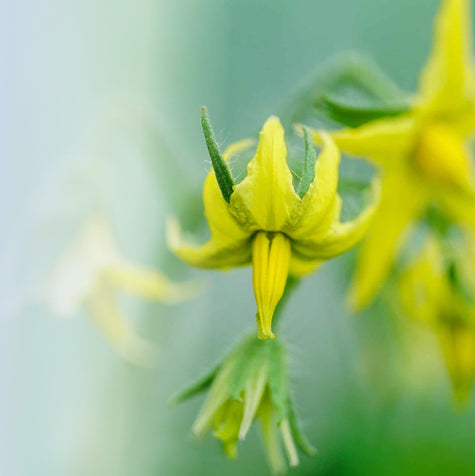We’ve received a lot of questions about plant pollination so we sat down with our Director of Research and Development, Angelo Kelvakis, who gave us all the details about pollinating the plants in your Rise Garden.

Top Indoor Garden Pollination Questions
Which plants do I need to pollinate?
Angelo: Peppers, Tomatoes, Cucumbers, Peas, Beans, and Eggplant.
When do I need to pollinate?
Angelo: You should pollinate when you have more than 3 flowers so that you can go from flower to flower. When a flower fully opens and the petals start to fold back, the pollen is at its healthiest.
What frequency should I be pollinating my plants?
Angelo: You should pollinate your plant once a week to give it time to form new flowers, pollen to mature, and fertilization to set in.
How do I pollinate my plants?
Angelo: Take a finger, a paintbrush, or another soft-tipped tool, to gently rub the center of your flower. You must go from flower to flower, collecting pollen as you go.

Most of our plants are self-pollinating and do not need intervention unless you want to increase yield.
Angelo’s Top Tips for Pollinating Plants
- Tip 1 Most of our plants are self-pollinating and do not need intervention unless you want to increase yield, or are not seeing fruits form. Only cucumbers, tomatoes, and peppers should be pollinated by hand. Our other varieties are able to use the gentle breeze in your home to pollinate themselves.
- Tip 2 When pollinating cucumbers, make sure you are going from male to female flowers. Female flowers look like they have a baby cucumber on them.
- Tip 3 You cannot cross-pollinate crops, so make sure you only pollinate tomatoes with tomatoes and even stay within the same variety. This means that you should not pollinate a snackable red pepper with the pollen from a Hot Lemon Pepper flower.
- Tip 4 If you place a spoon under your flowers while you pollinate, you can catch extra pollen that would have come off. You can then dip into your spoon as you go from flower to flower.



